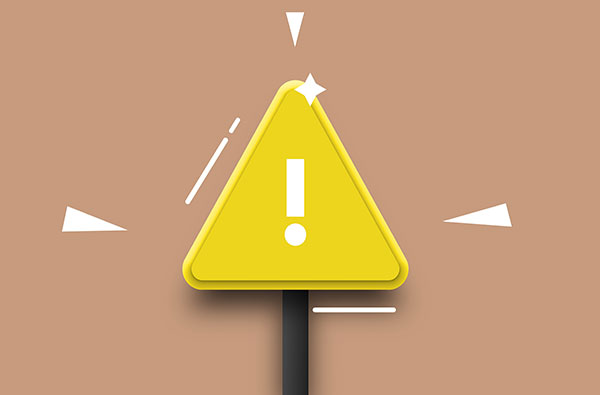Electrical Hazards in the Workplace: Prevention and Safety Measures
Electricity is an indispensable source of energy in any work environment, but it also represents one of the most significant risks if not handled properly. Electrical hazards in the workplace can cause severe injuries and even death, making effective safety measures crucial. In this article, we will explore the main electrical hazards and how to prevent them.

Main Electrical Hazards in the Workplace
- Direct Electrical Contact: Occurs when a person comes into contact with live conductive parts, such as cables or electrical components that are energized.
- Indirect Electrical Contact: Happens when a person touches conductive parts that, although not intended to be energized, are under tension due to insulation failure.
- Electrical Arcs: Electrical discharges that occur when electricity jumps through the air between conductors. They can cause severe burns and eye damage.
- Overloads and Short Circuits: Situations where the electrical current exceeds safe levels, potentially causing fires and explosions.
- Static Electricity: Accumulation of electrical charges on the surface of objects that can cause sparks and fires, especially in environments with flammable materials.
Prevention Measures for Electrical Hazards
1. Training and Education
- Provide employees with adequate training on electrical hazards and how to work safely with electrical equipment.
2. Regular Inspection and Maintenance
- Conduct regular inspections of all electrical installations and equipment to identify and correct potential failures before they become serious risks.
3. Use of Personal Protective Equipment (PPE)
- Ensure that employees use appropriate personal protective equipment, such as insulating gloves, safety shoes, and protective eyewear when working with electricity.
4. Implementation of Lockout/Tagout Procedures
- Establish lockout/tagout procedures to ensure that electrical equipment is completely de-energized before performing maintenance tasks.
5. Safety Signage and Barriers
- Use warning signs and physical barriers to prevent unauthorized access to areas with electrical hazards.
Steps for Effective Management of Electrical Hazards
- Risk Assessment
- Identify and evaluate all electrical hazards present in the work environment.
- Development of a Safety Plan
- Create a detailed plan that includes preventive measures, emergency procedures, and electrical safety responsibilities.
- Continuous Training
- Ensure continuous and updated training for all employees on electrical hazards and safety practices.
- Monitoring and Review
- Regularly monitor electrical safety practices and review the safety plan to adapt it to new risks or changes in the work environment.
Case Study: Sabentis
Sabentis is a leading platform in occupational health and safety management. It offers advanced tools for identifying, evaluating, and controlling electrical hazards, as well as interactive training modules to educate employees on electrical safety. With Sabentis, companies can significantly improve their electrical safety practices and ensure a safer work environment.
Electrical hazards in the workplace are a serious threat that requires constant attention and effective preventive measures. Adopting a proactive approach to managing electrical safety through training, regular maintenance, and advanced technology like Sabentis can help prevent accidents and protect employees’ lives. Implementing these strategies not only enhances safety but also promotes a culture of prevention and responsibility in the workplace.



